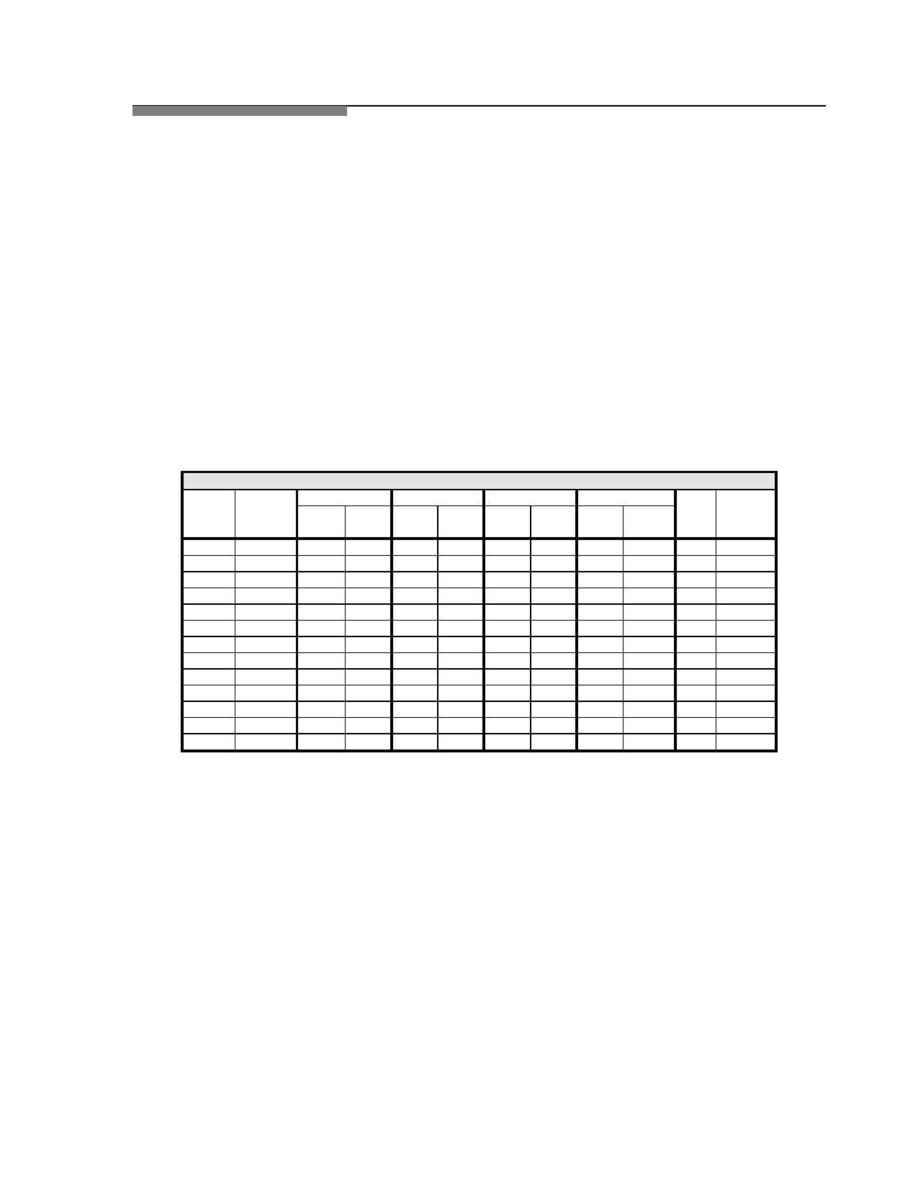
JAMES REAL ESTATE SERVICES, INC.
·
·
·
10
While new construction has increased dramatically in recent years, it appears to have peaked in
1998 at a lower level than either of the two previous cycles in 1984 and 1972. 1999 permits appeared to
indicate that the market was exercising discipline and refraining from overbuilding, but 2000 has seen a
large issuance of building permits as only 13% fewer permits were issued in the first seven months of
2000 compared to all of 1999.
Rents are rising as building owners improve older buildings to compete with the 1990s product.
Generally, older properties (pre-1970) have seen a larger percentage increase in rents than newer
properties. This is due to a lower starting rent, as well as to the large number of new properties that
need to fill up before they can raise rents. Another factor contributing to rising rents is short term leases
signed by business people who will only be in Denver for a short period or who want to rent for two or
three months until they buy a home. Prospective home buyers are finding that they must stay in
apartments longer as home prices continue to rise and demand for new homes outweighs supply. Home
builders report that the waiting lists for new homes are approaching one year.
AVERAGE YEAR-END MONTHLY APARTMENT RENTS
Efficiency 1-BR 2-BR,
2-BA 3-BR
Year
Y-T-D
Average
Vacancy $/Mo $/SF $/Mo $/SF $/Mo $/SF $/Mo $/SF All Change
2000* 3.7% $505 $1.13 $669 $1.00 $935 $0.90 $1,020
$0.85 $762 4.0%
1999 5.2% 497 1.08 638 0.96 899 0.88 974 0.83 734 5.6%
1998 4.4% 454 1.00 608 0.91 849 0.85 955 0.80 695 6.9%
1997 4.6% 416 0.92 558 0.85 801 0.80 896 0.75 650 7.1%
1996 4.9% 399 0.90 529 0.81 726 0.74 789 0.64 607 5.6%
1995 5.0% 374 0.85 502 0.77 702 0.71 760 0.63 575 6.5%
1994 3.8% 390 0.85 473 0.73 664 0.67 708 0.58 540 7.6%
1993 4.4% 357 0.78 441 0.68 620 0.63 643 0.53 502 6.4%
1992 4.7% 333 0.73 412 0.64 583 0.59 609 0.50 472 9.0%
1991 5.8% 296 0.63 380 0.59 547 0.55 561 0.47 433 6.9%
1990 8.5% 281 0.60 353 0.55 514 0.52 549 0.44 405 3.8%
1989 11.1% 264 0.58 342 0.53 443 0.50 530 0.42 390 (1.5%)
1988 11.3% 261 0.56 349 0.54 450 0.49 533 0.45 396 (2.0%)
Source: The Denver Area Apartment Vacancy Survey/James Real Estate Services, Inc.
* Third Quarter 2000
Apartment real estate market conditions in the Denver area have continued an upward trend in
recent years. According to the Denver Apartment Vacancy and Rent Study, vacancies overall have
dropped to 3.7% since the fourth quarter 1999. Vacancy rates have not been this low since year end 1994.
While rents have increased 6.2%/year since 1994 on average. This vacancy is stabilized, considering the
addition of 906 new apartments and a net absorption of 3,879 units in third quarter 2000. Most of the new
apartments constructed are higher priced luxury apartments due to developer's increased costs for
materials and labors. Land costs are reported to be near or above $10,000/unit. Communities in the metro
area are requiring developers to spend more money on design including landscaping plans. Developers of
luxury units are placing individual water meters on the units, so that tenants are responsible for all
expenses including water and sewer usage. Average rents for the metro area market are reported at
$762/month with new luxury apartments averaging $999/month. Demand is very high for moderately
priced units with a shortage of apartment units priced below the average rate. The Denver metro area rental
rates increased 81% between 1990 and 1999. According to the Colorado Housing and Finance Authority
(CHFA), between 1990 and 1999, 41% additional jobs were created but half of these jobs are in the lowest
